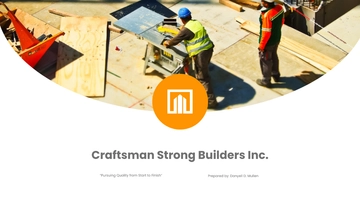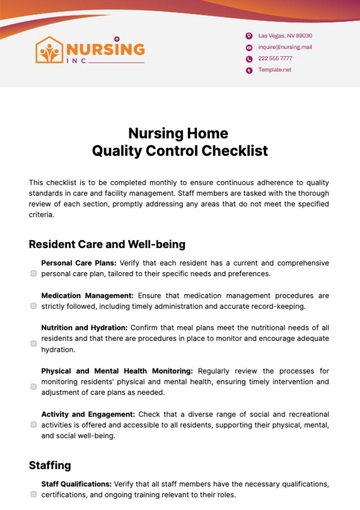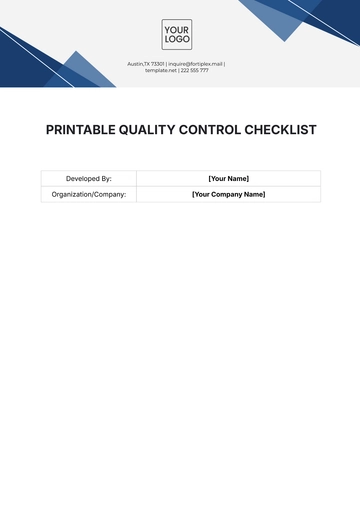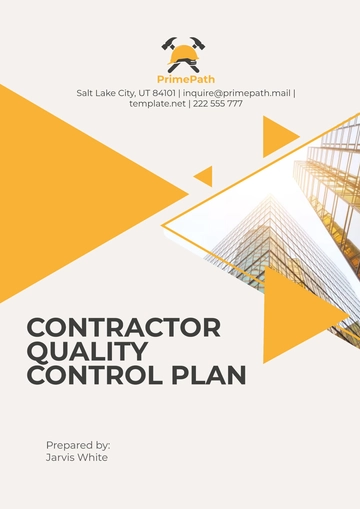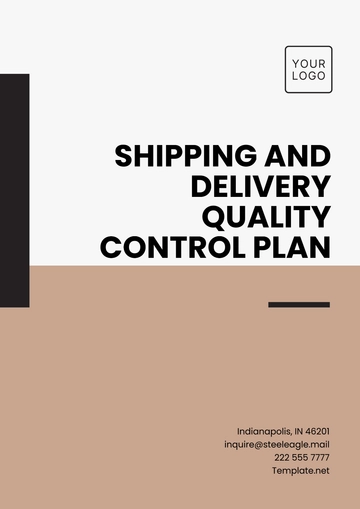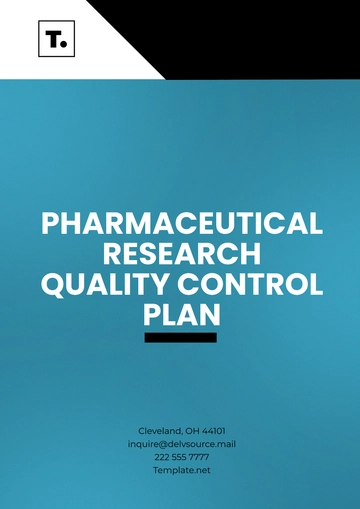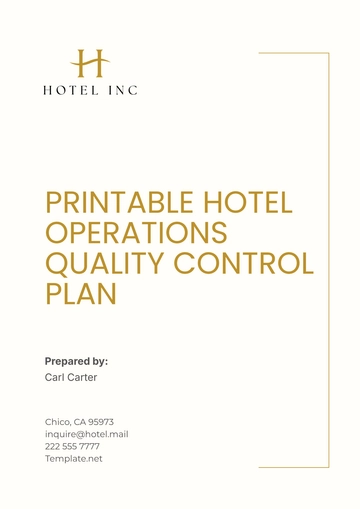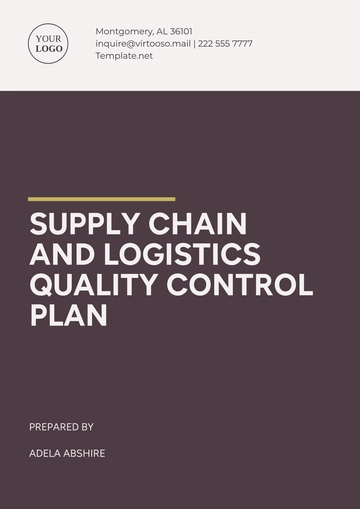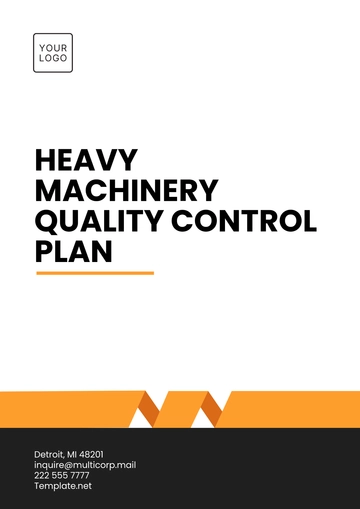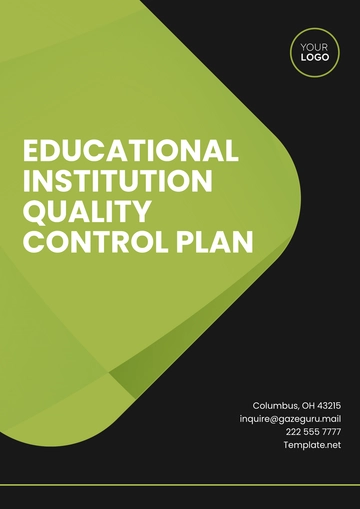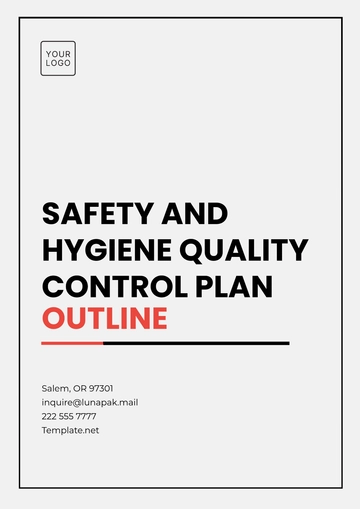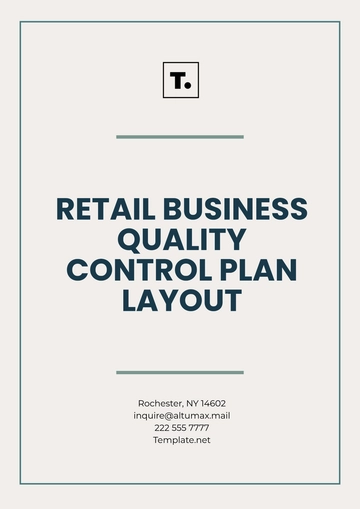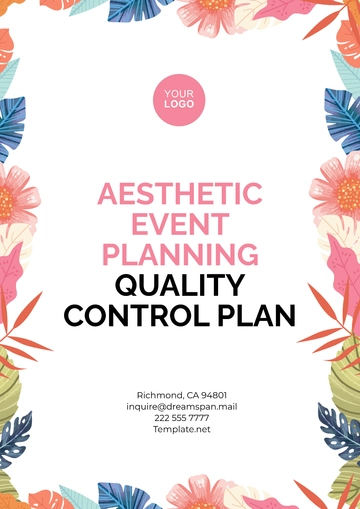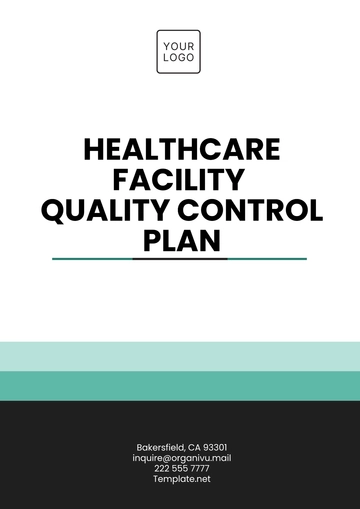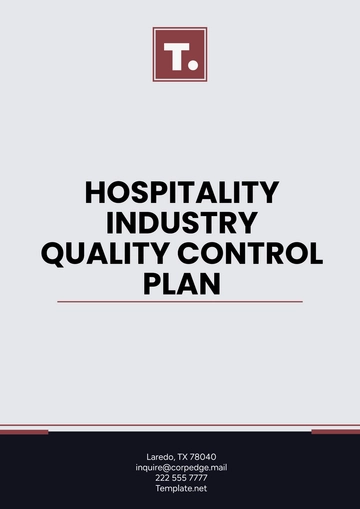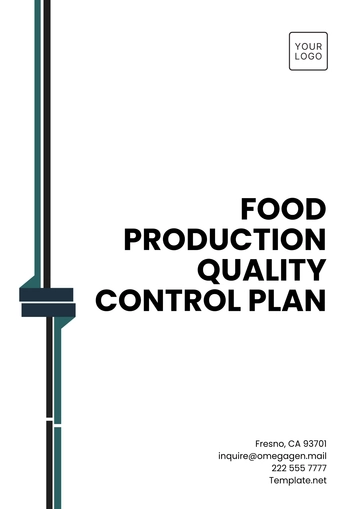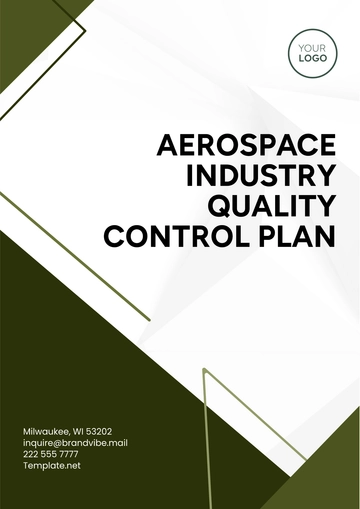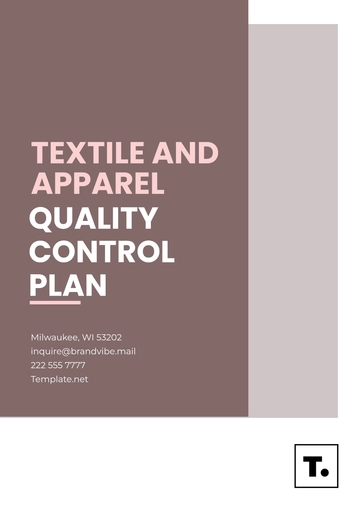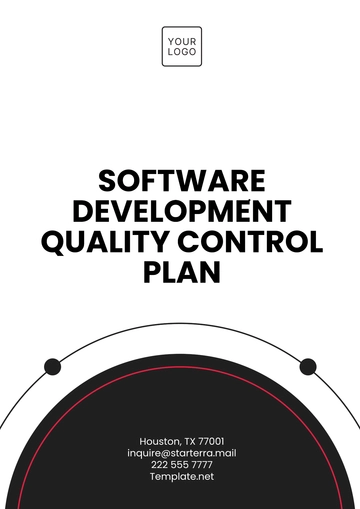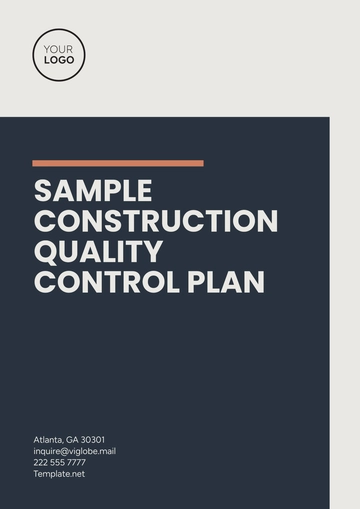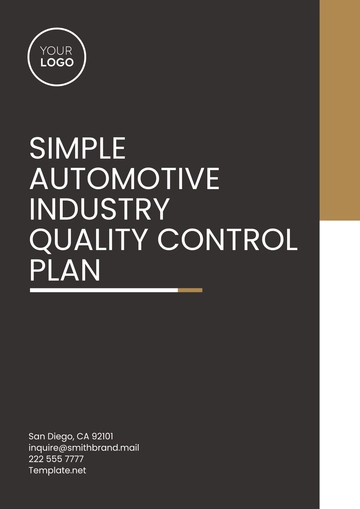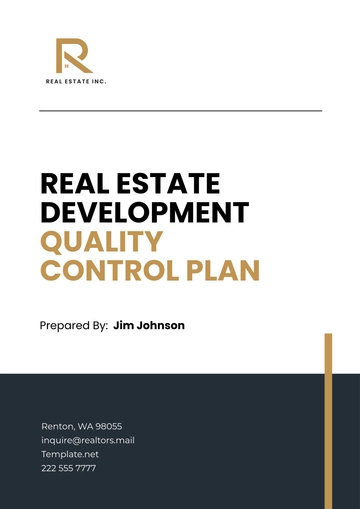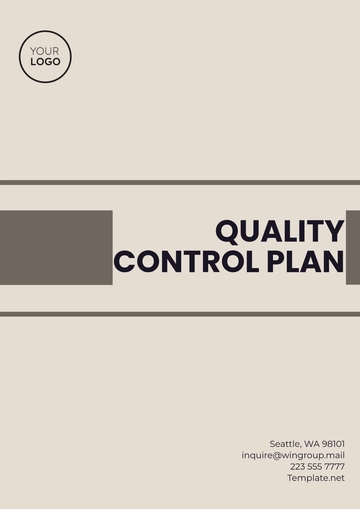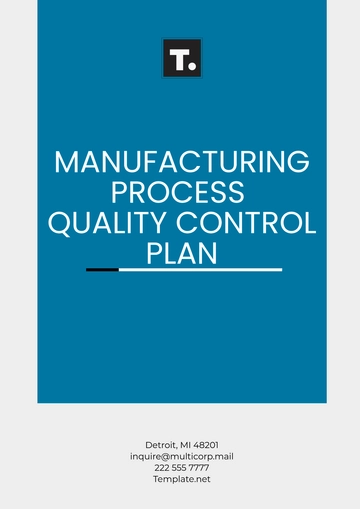Quality Control Requirements
Prepared by: [Your Name]
Date: [Date]
I. Introduction
The purpose of this Quality Control Requirements document is to outline the standards, criteria, and processes necessary to ensure that products or services meet specific quality standards. This document includes guidelines for testing, inspection, and validation to maintain consistency and reliability in production or service delivery.
II. Quality Standards
We adhere to the following quality standards to ensure that our products and services consistently meet our customers' expectations and regulatory requirements.
ISO 9001: Quality Management Systems
ISO 14001: Environmental Management Systems
ISO 45001: Occupational Health and Safety Management Systems
Industry-specific standards as applicable
III. Testing and Inspection Procedures
All products and services undergo rigorous testing and inspection procedures to ensure compliance with predefined quality standards. The procedures are outlined as follows:
III.I Initial Inspection
Initial Inspection is conducted at the beginning of the production process to verify the integrity of raw materials and components. This inspection includes:
III.II In-Process Inspection
In-Process Inspection involves continuous monitoring and testing during the production process to ensure adherence to quality standards at each stage. This inspection includes:
Routine Checks: Regular checks are performed at set intervals throughout the production process. These checks include monitoring equipment calibration, machine performance, and environmental conditions.
III.III Final Inspection
Final Inspection is carried out at the end of the production line to verify that the final products meet all quality criteria before they are released for distribution. This inspection includes:
Comprehensive Testing: Final products undergo rigorous testing to verify performance, durability, and safety. This may include functional tests, stress tests, and environmental simulations.
Aesthetic Evaluation: Products are inspected for visual defects, such as scratches, dents, or color inconsistencies. Packaging is also checked for proper labeling and presentation.
IV. Documentation Requirements
Comprehensive documentation is maintained to ensure traceability and accountability throughout the quality control process. The required documentation includes:
Document Type | Description |
|---|
Inspection Reports | Detailed reports of all inspections conducted, including initial, in-process, and final inspections. |
Test Results | Records of all tests performed, including methodologies and outcomes. |
Non-Conformance Records | Documentation of any deviations from quality standards and the corrective actions taken. |
Calibration Certificates | Verification of the accuracy and precision of equipment used in the production and inspection processes. |
V. Non-conformance and Corrective Actions
In the event of non-conformance, the following steps are taken to rectify the issue and prevent recurrence:
V.I Identification
Identification involves the immediate recognition and documentation of any non-conforming products or services. This process includes:
Documentation: All instances of non-conformance are recorded in a Non-conformance Report (NCR). This report includes details such as the nature of the non-conformance, affected products or services, and any relevant observations or test results.
V.II Root Cause Analysis
Root Cause Analysis involves an in-depth examination to determine the underlying cause of the non-conformance. This analysis includes:
Data Collection: Gathering all relevant information related to the non-conformance, including production records, inspection reports, and personnel statements.
V.III Corrective Actions
Corrective Actions are implemented to address the root cause of the non-conformance and prevent recurrence. This process includes:
Preventive Measures: Identifying and implementing any additional preventive measures to avoid similar non-conformance issues in the future. This may include updating procedures, revising quality standards, or enhancing monitoring practices.
VI. Roles and Responsibilities
The following roles are responsible for implementing and maintaining the quality control processes:
Role | Responsibilities |
|---|
Quality Control Manager | Oversees the entire quality control process, ensuring compliance with standards and effective implementation of corrective actions. |
Quality Inspectors | Conduct initial, in-process, and final inspections to ensure product and service quality. |
Production Staff | Adhere to quality standards throughout the production process and assist in identifying non-conformances. |
Documentation Specialist | Maintains accurate and comprehensive documentation of all quality control activities. |
VII. Review and Revision History
This document is subject to regular review and revision to ensure continuous improvement in our quality control processes. The review and revision history are documented as follows:
Version | Date | Changes Made | Reviewed By |
|---|
1.0 | 2023-01-01 | Initial Release | Jane Doe |
1.1 | 2023-06-01 | Added Environmental Management Standards | John Smith |
Requirements Templates @ Template.net

